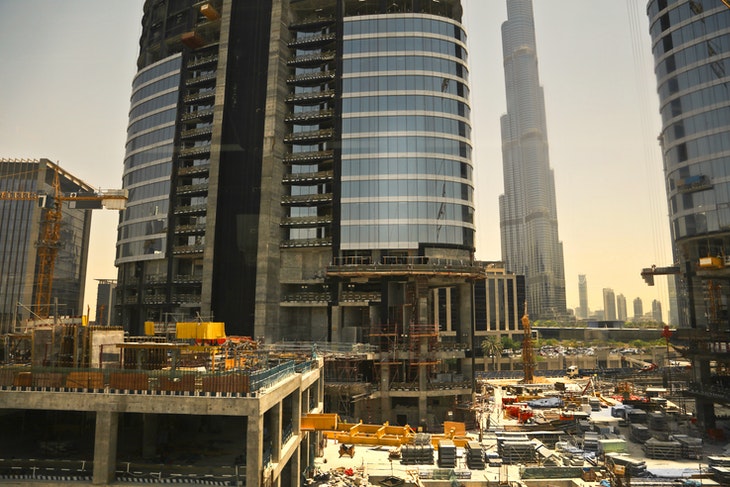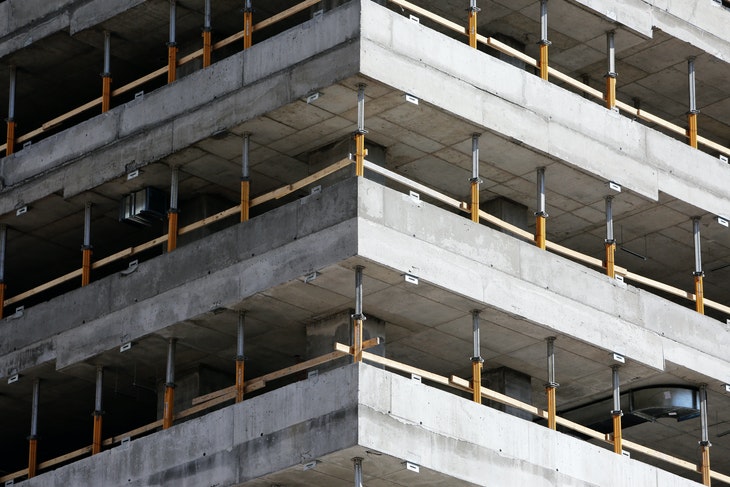
The construction industry accounts for a large part of today’s jobs, but it is unfortunately a very hazardous industry as well. In the UK alone, there were no less than 81,000 cases of work-related illness during the 2019-2020 period. This shows construction workers are constantly exposed to hazardous situations that raises the risk of becoming injured, ill, or even losing their lives. Some of these risks include falling from heights, faulty equipment, electrocution, structural collapses, and falling objects.
CONSTRUCTION
Some employers may think that, by using outdated equipment or not providing enough training to their workers, they can save money. But when you think of the fact that workplace related injuries cause 2.6 million of work days every year, you will soon come to the conclusion that it is in your best interest to prioritize safety. Not only will you be able to protect the lives of your employees, but you will also reduce potential financial losses.
Fortunately, there are quite a few ways you can improve the health and safety aspect of a construction site without breaking the bank. To help you out, we have put together a list of safety tips you can follow.
Employ a strong workplace safety culture
If you truly want to impose a successful safety culture, you need to start at the very top. This means you and other members of the management staff need to fully embrace and practice workplace safety before you can lead everyone else to do it as well.
The success of your health and safety campaign will be strongly connected with leadership and management commitment. Employee attitudes and behaviors toward construction site health and safety are substantially influenced by having strong leaders that are able to fully understand and explain the type of behaviors that are are recognized, tolerated, and punished. You should rather want to be perceived as an employer that is strict because they care about employees, rather than pay the true cost of a personal injury claim which, according to the experts, can be quite significant.

Make sure employees use protective gear
On a construction site, wearing the right protective equipment can often mean the difference between a minor scratch and a debilitating injury, so make sure stress out how important it is for your employees to wear their personal protection gear.
It is the employer’s duty to provide appropriate gear to all of its employees, according to the type of job they have to do. A personal protection equipment kit usually includes a helmet, safety eyewear, ear protection, knee pads, hi-vis jacket, and sometimes footwear as well. But it’s not enough to just provide all of these items if your employees won’t wear them, so don’t hesitate to enforce this rule and even penalize those that do not follow it. Tolerating unsafe behavior makes you an accomplice to any potential incident as well. Furthermore, you can also consider renting dumpsters from Eagle Dumpster Rental to dispose of materials safely.
Emphasize on the importance of proper scaffolding
Falling from heights makes up 47% of all construction site accidents, so if you want to prevent this, it is very important that you ensure the scaffolding is erected properly. Rising the scaffolding needs to be done in accordance with the safety guidelines. This means no improvisations, no shortcuts to get the job done faster, and no excuses.
The scaffolding should be built on solid grounds, so it is as stable as possible and it does not run the risk of collapsing. Once the scaffolding has been erected, it needs to be examined and maintained regularly. Any sort of damage that is observed must be fixed immediately, so that it does become a safety risk.
Instruct your employees to report any inconsistencies or hazards they observe. Also, make sure all the employees using the scaffolding have been properly trained and understand the risks.
Provide proper health and safety training
Construction workers often need to operate hazardous machinery, and in order to do it safely, they need to receive proper training. They should be competent and aware of the hazards involved in their jobs, particularly while working at heights, with machinery, or in restricted areas. They should also have a basic understanding of first aid and be able to perform basic life-saving techniques if necessary. There have been many instances where the life of an employee was saved by a co-worker.
A you can see, these training sessions should not be focused only on how to operate certain machinery, but also on other health and safety risks associated with their jobs. Just as truck drivers need to learn how to safely get in and out of their cabin, construction workers need to learn how to navigate through the construction site while being mindful of their safety.
Signal dangerous areas
Construction sites can be potentially hazardous for both workers and the general public. To prevent unwanted incidents, any dangerous areas should be highlighted with signs and posters, alerting everyone close to take measures or keep out if they do not have the necessary training.
These signs are very cheap as well, so they are a cost-effective alternative to reduce accidents by indicating potential dangers, such as falling debris, turning huge vehicles, or the presence of hazardous gases. In some instances, you may be legally required to display those signs, so make sure you read and comply to the local laws.
Inspect the equipment periodically
Injury rates are statically higher for construction worker than for employees in any other industry, and this happens largely due to improper equipment.
To work efficiently and complete their tasks, construction workers depend heavily on their tools and equipment. There is a greater chance of major incidents, including debilitating injuries, if their tools are damaged, outdated, or improperly set up, so this should be taken care of.
Equipment should be inspected on a regular basis to verify that there are no faults or problems. It is the responsibility of both the worker and the employer to bring defective equipment to the attention of everyone on the site, so make sure your employees know that as well.



